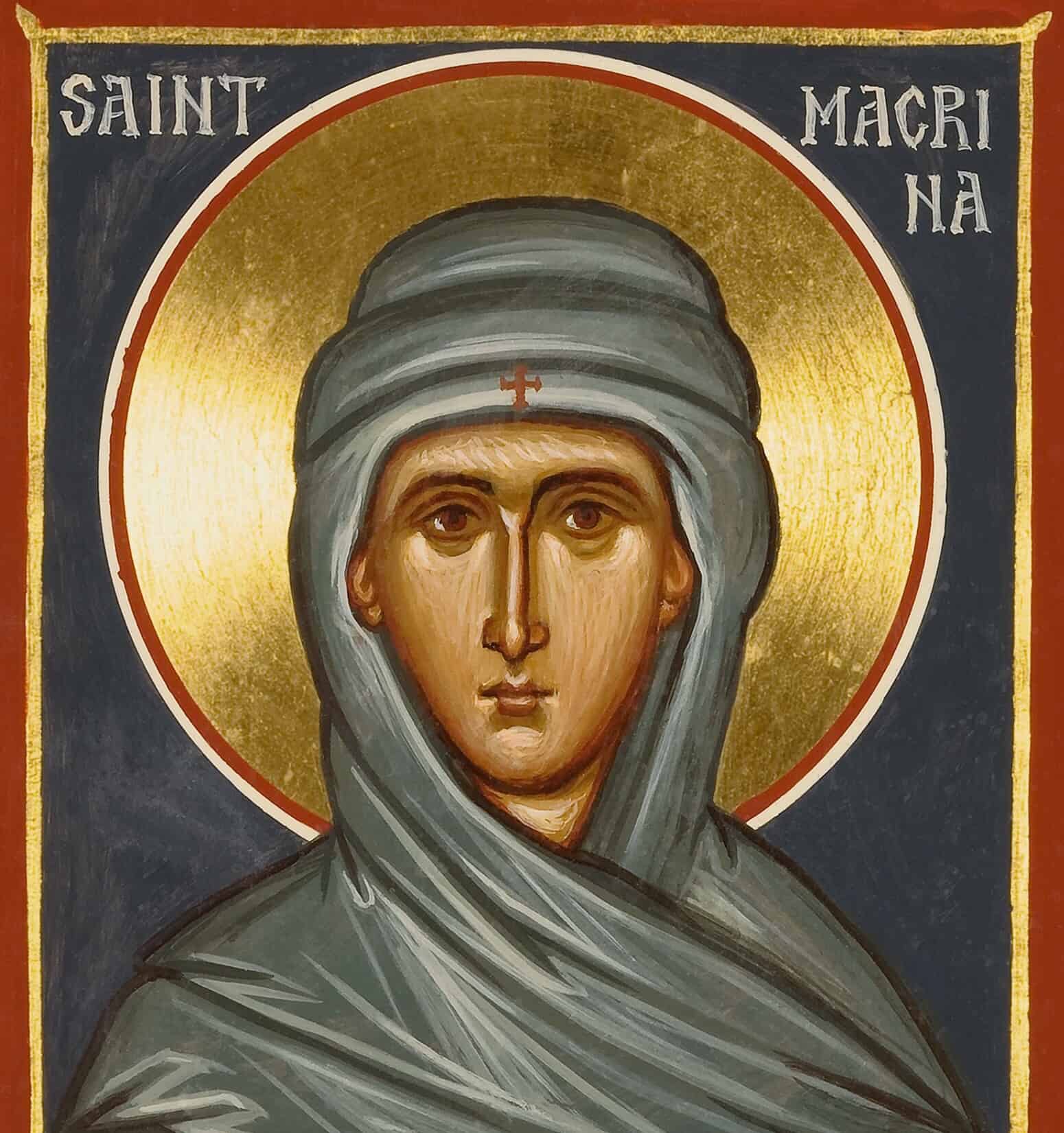Two years after the Council of Nicaea in the year 325, Macrina the Younger was born. She—as Coleman Michael Ford has pointed out—
lived between two worlds. One world was the age of Christian persecution by the likes of emperor Diocletian and others. For many Christians in the three centuries before Macrina’s birth, persecution leading to death was an ever-present reality. At best, Christians were merely tolerated. At worst, they were brutally executed. The second world was the emerging Roman empire of Constantine, an empire in which Christianity was officially recognized and privileges towards churches and leaders grew steadily.
Two of her brothers—Basil of Caesarea and Gregory of Nyssa—became known, along with their friend Gregory of Nazianzus, as “the Great Cappadocians,” due to their contributions to the widespread establishment of an orthodox view of the Trinity in the eastern half of the Roman Empire. Basil was a man of action, Nazianzus was a great orator, and Nyssa was a deep thinker—but Macrina should be revered and remembered no less than these three Cappadocian fathers.
After her family’s wealth was divided among the children, Macrina convinced her mother to establish a religious community for women on the family’s property in the province of Pontus, on the banks of the River Iris. The family’s slaves were set free and the female former slaves became members of a new religious community, where Macrina worked alongside them as an equal. In the words of her brother Gregory,
Now that all the distractions of the material life had been removed, Macrina persuaded her mother to give up her ordinary life and all showy style of living and the services of domestics to which she had been accustomed before, and bring her point of view down to that of the masses, and to share the life of the maids, treating all her slave girls as if they were sisters and as ones who belonged to the same rank as herself.
Basil established a men’s monastery across the river from Macrina’s community, but Macrina contributed to the spiritual leadership of both communities. On July 19, in the year 379, Macrina died in the religious community that she and her mother had founded.
“Truth Is to Be Found Only In That Upon Which the Seal of the Witness of Scripture Is Set”
 In the days leading up to Macrina’s death, her brother Gregory of Nyssa listened to her and learned much from her about life, death, and the resurrection. He later developed these dialogues into a treatise entitled On the Soul and the Resurrection.In one section of this treatise, Gregory and Macrina eloquently affirm the binding authority of Scripture in the life of the Christian. According to their dialogue, when determining what is true, believers in Jesus Christ
In the days leading up to Macrina’s death, her brother Gregory of Nyssa listened to her and learned much from her about life, death, and the resurrection. He later developed these dialogues into a treatise entitled On the Soul and the Resurrection.In one section of this treatise, Gregory and Macrina eloquently affirm the binding authority of Scripture in the life of the Christian. According to their dialogue, when determining what is true, believers in Jesus Christ
are not entitled to the liberty … of affirming whatever we please; instead, we make the Holy Scriptures the rule and measure of every tenet; we necessarily fix our eyes upon Scripture, and approve Scripture alone and that which harmonizes with the meaning of Scripture. … Who could deny that truth is to be found only in that upon which the seal of the witness of Scripture is set?
If you’re interested in learning more about different personalities and events throughout the history of Christianity, take a look at my book and video series Christian History Made Easy.

Think About the Role of Scripture in the Church:
Read this article about Macrina. Consider carefully how, in light of her example, godly woman can use their gifts more effectively to emphasize the centrality of Scripture.
An earlier version of this post was published in 2017.

